Menu
Weight loss
Hormones
Sex
EXPLORE
MEET NU IMAGE MEDICAL
TREATMENTS
MEET NU IMAGE MEDICAL
TREATMENTS
MEET NU IMAGE MEDICAL
Recommended foods to maximize results of GLP-1 Medications
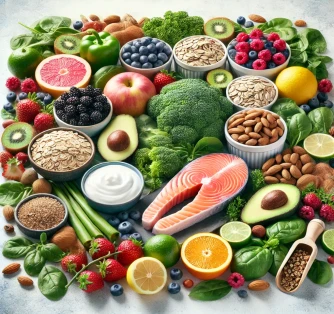

Embarking on your weight loss journey with GLP-1 medications, such as Semaglutide or Tirzepatide is a great step towards achieving your health goals. These medications enhance feelings of fullness and stabilize blood sugar, making it easier to manage your appetite. However, your success doesn’t rely solely on the medication—what you eat can make a significant difference.
By incorporating specific foods into your diet, you can enhance the effectiveness of your treatment, making your path to weight loss smoother and more rewarding.
How nutrition affect GLP-1 medications?
Your diet plays a critical role in how well GLP-1 medications work. Eating nutrient-rich foods helps regulate blood sugar, boost satiety, and support a healthy metabolism, all enhancing the medication’s benefits.
Research indicates that diets rich in healthy fats, lean proteins, and low-glycemic carbohydrates can improve GLP-1 functionality, helping you achieve more sustainable weight loss results
Studies show that incorporating low-glycemic foods can increase GLP-1 levels in the body, which directly impacts appetite control and boosts the weight loss effects of the medication.
What foods are recommended to boost GLP-1 and aid medications?
To make the most of your GLP-1 medication, consider adding these foods to your diet:
Avocados: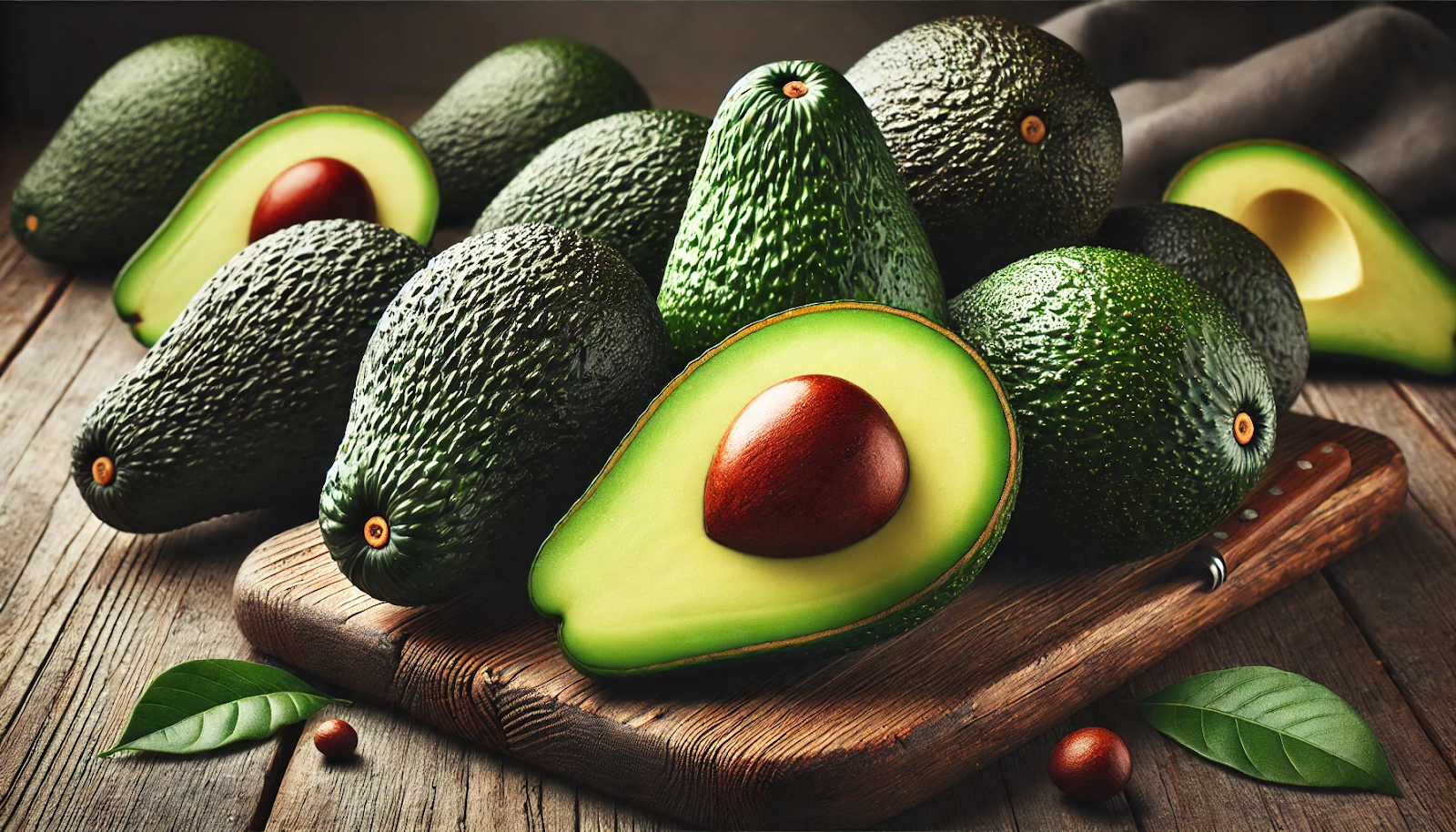
Known for their healthy fats, avocados help you stay full longer, making it easier to manage your appetite. Add slices to your morning toast or blend them into a smoothie for a creamy texture.
Nuts and seeds:
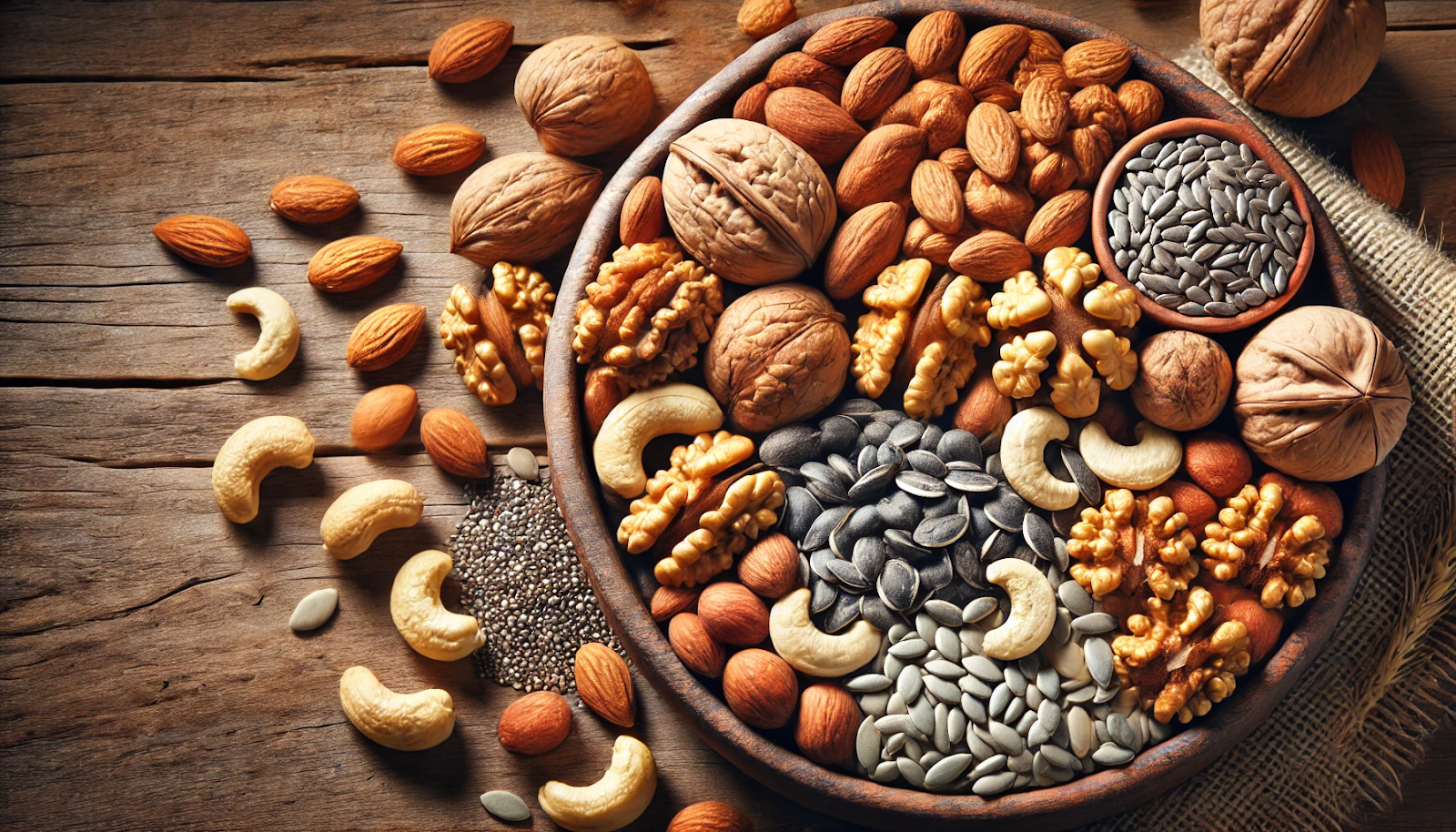
Packed with fiber and healthy fats, nuts like almonds and seeds such as chia help stabilize blood sugar and curb hunger. Try adding a handful to your yogurt or salad for a crunchy boost.
Lean proteins:
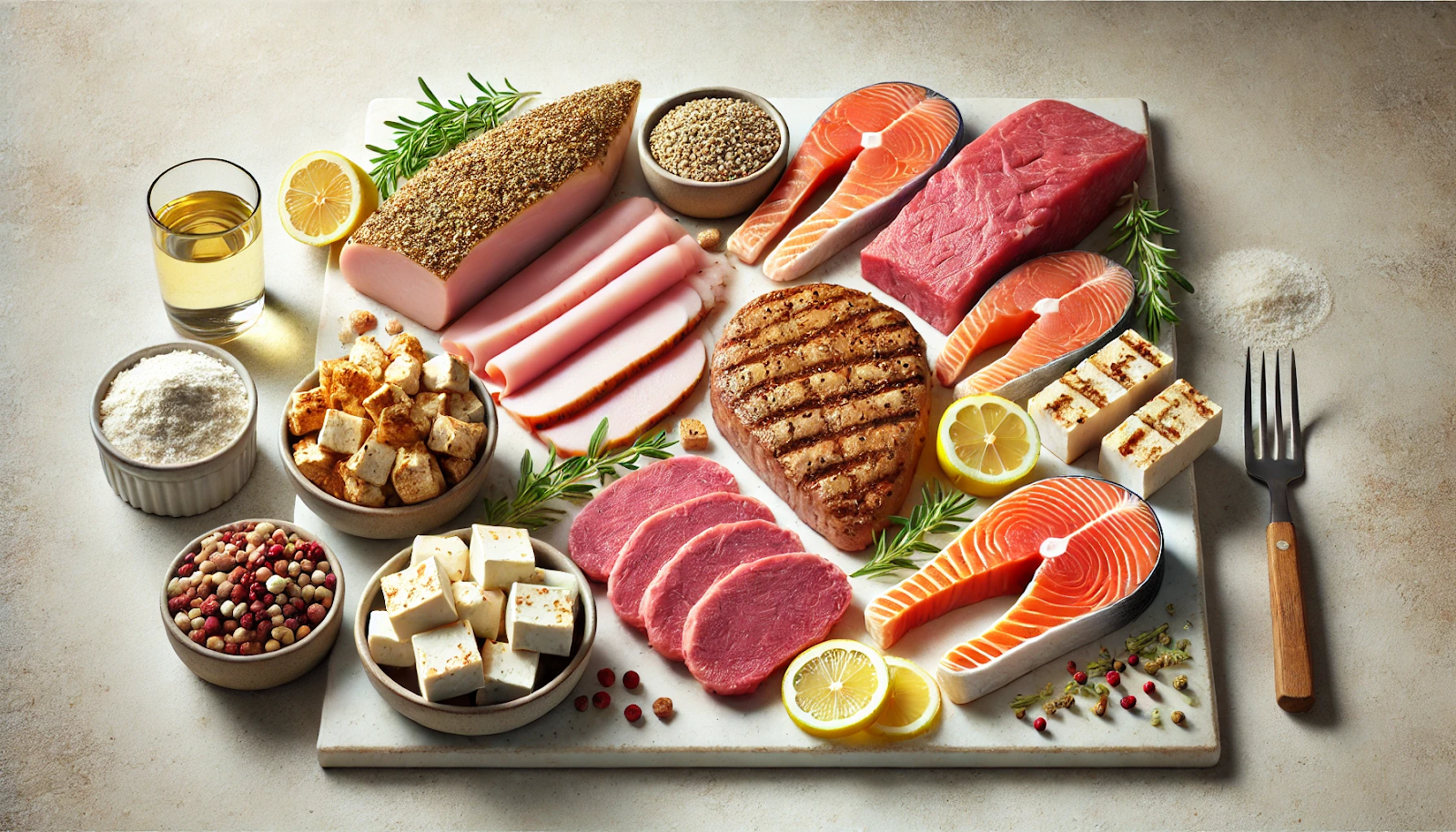
Chicken, fish, and tofu provide essential nutrients without extra calories, supporting muscle maintenance and metabolism. Grilling chicken or fish for dinner with a side of vegetables is a simple yet effective meal.
Berries: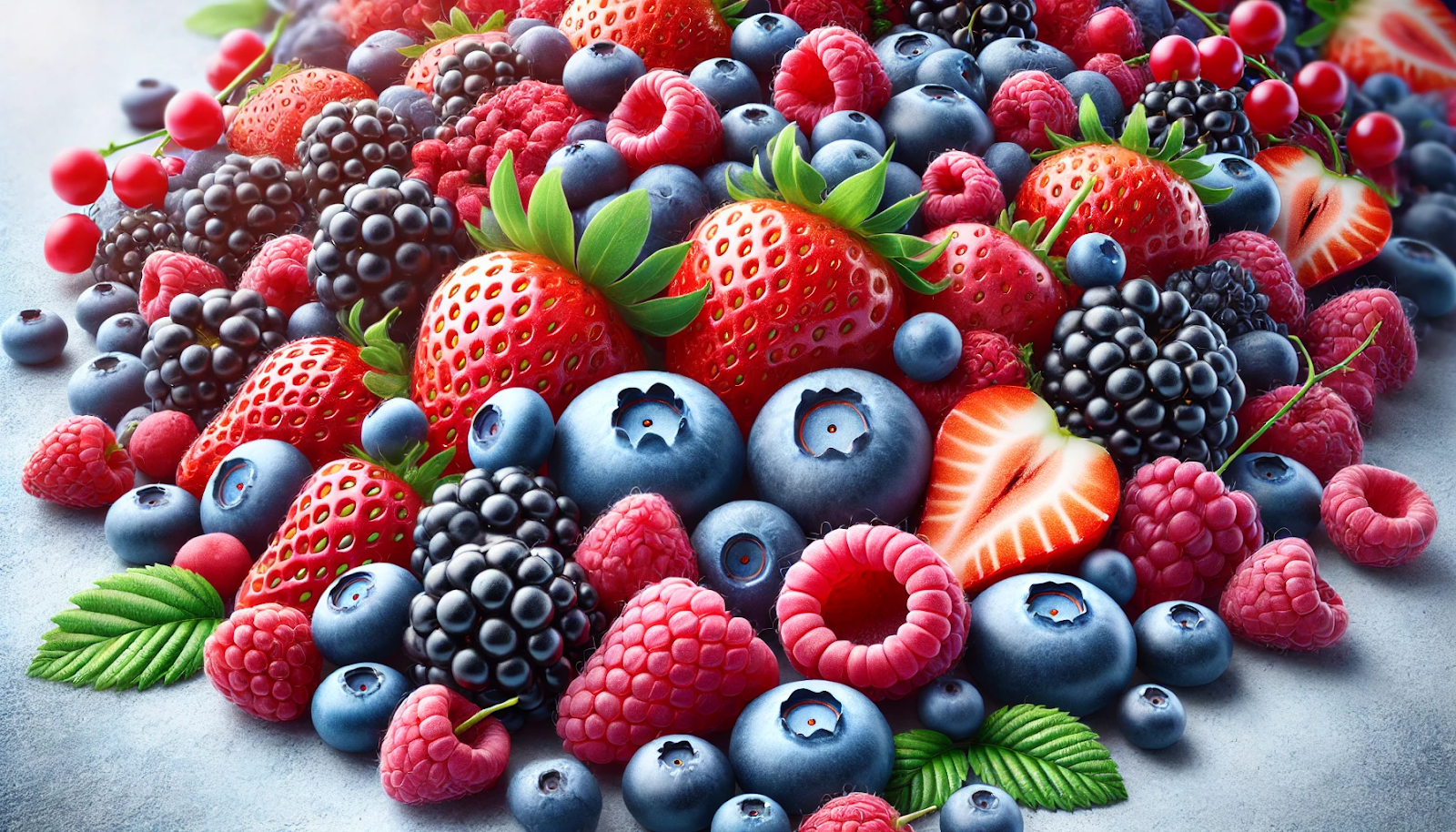
Low in sugar and high in antioxidants, berries satisfy sweet cravings without derailing your weight loss efforts. Top your morning oatmeal with blueberries or enjoy strawberries as a snack.
Leafy greens:

Spinach, kale, and other greens are high in fiber and essential nutrients. Incorporate them into smoothies, salads, or as a side dish to boost your meal's nutrient profile.
Oats: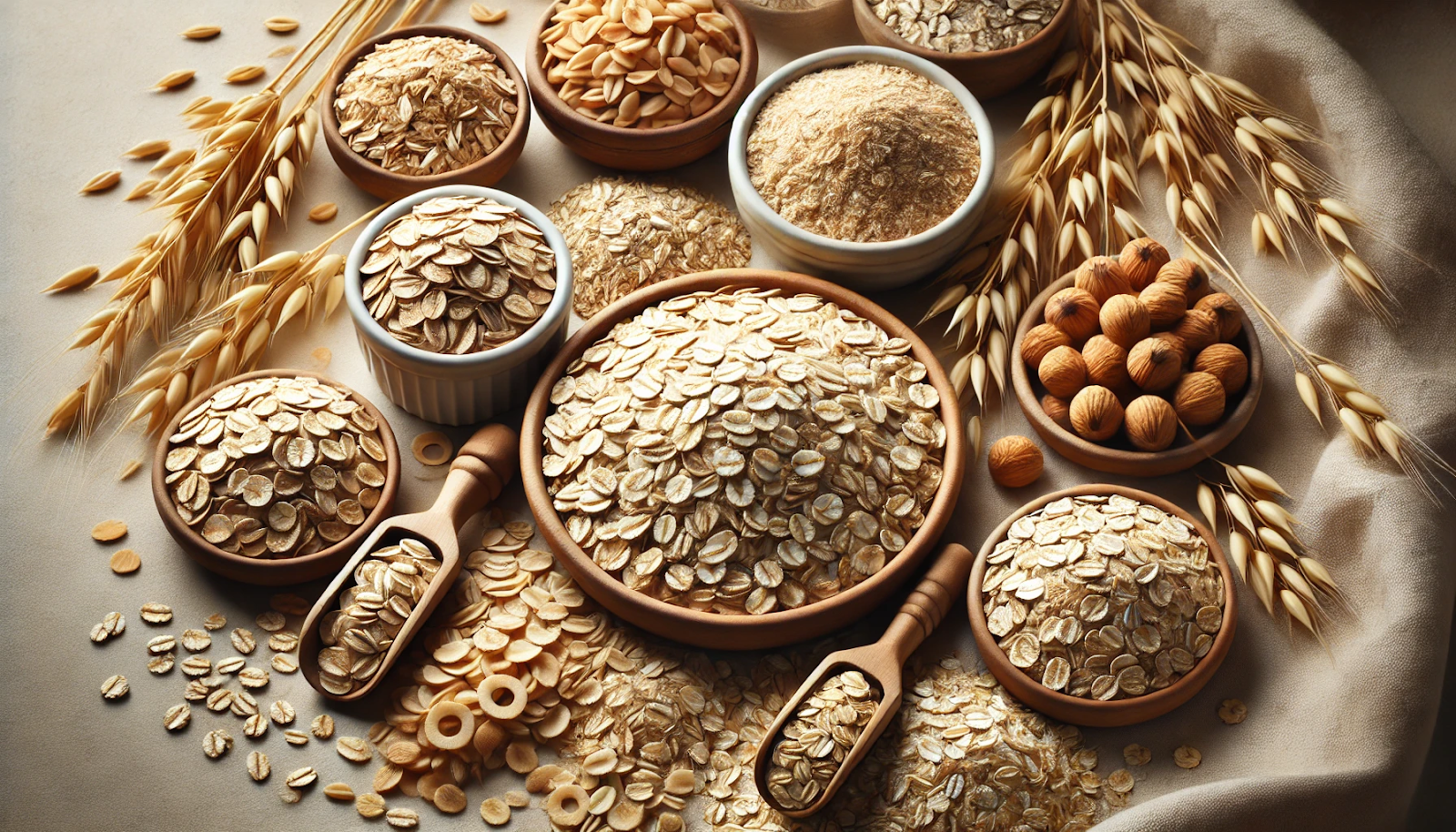
Rich in beta-glucans, oats promote gut health and help regulate blood sugar. A study published in PubMed Central explains that oats not only enhance GLP-1 activity but also improve satiety, making them an excellent breakfast choice to start your day on the right way.
Greek yogurt:

High in protein and probiotics, Greek yogurt supports digestive health. Enjoy it as a snack with a drizzle of honey and some seeds, or use it as a base for smoothies.
Citrus fruits:
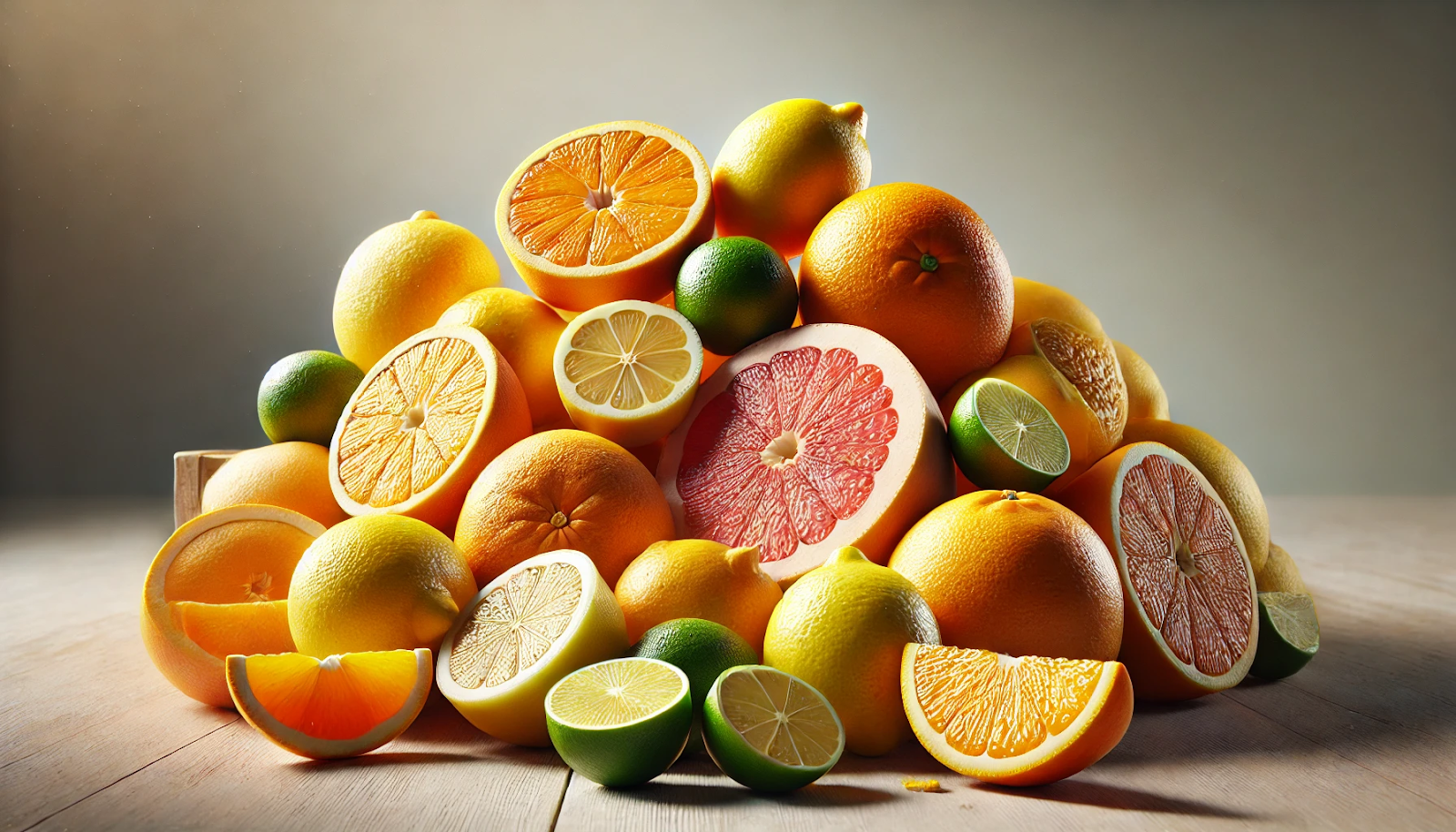
Oranges, grapefruits, and lemons are low in calories and help control appetite. A glass of fresh grapefruit juice or adding lemon slices to water can be a refreshing way to incorporate these fruits.
Quinoa: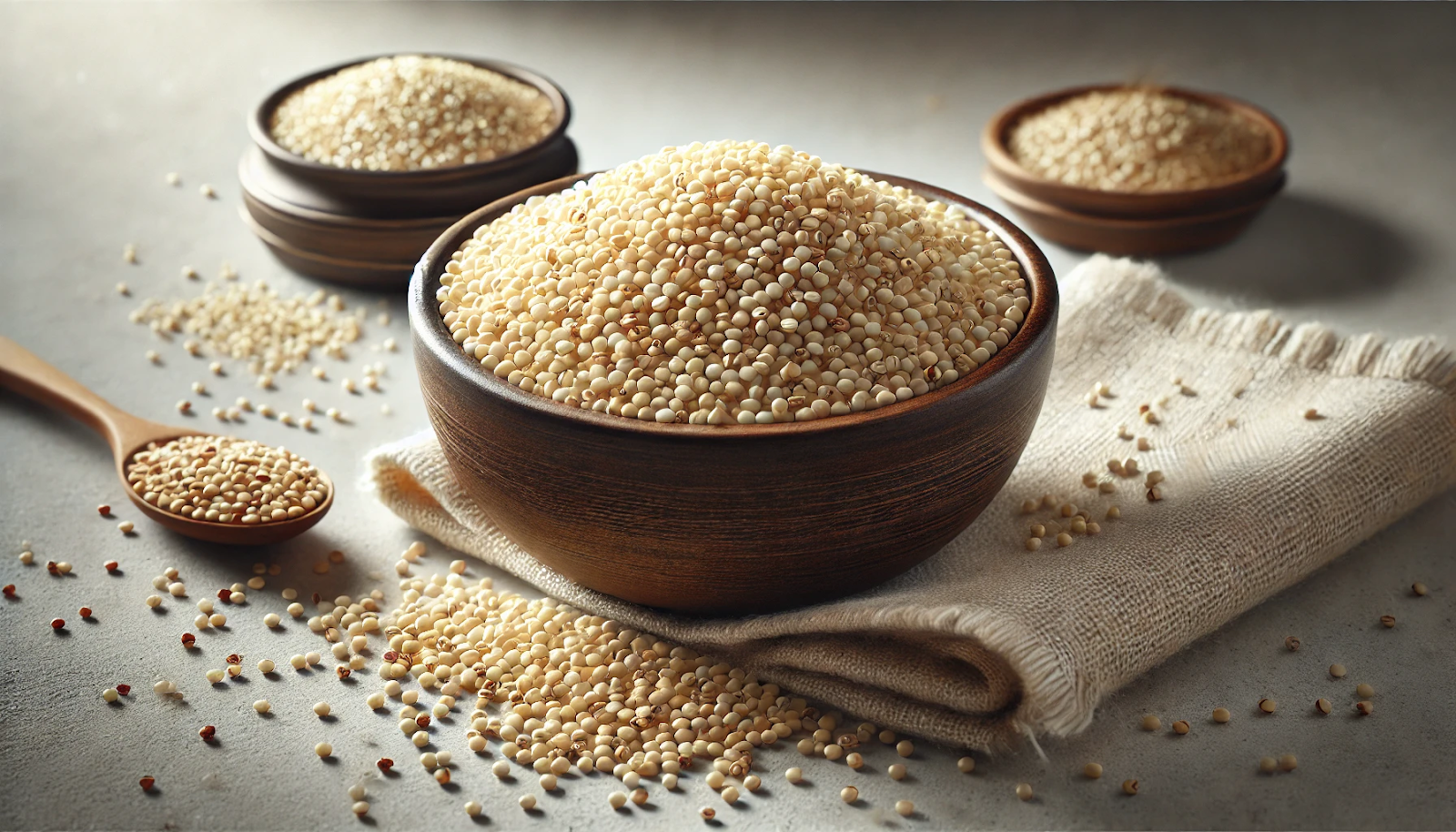
A complete protein and high in fiber, quinoa can be used as a base for salads or as a side dish to main courses. It’s a versatile grain that supports balanced meals.
Fatty fish:
Salmon and mackerel are rich in omega-3 fatty acids, which may enhance the effects of GLP-1 medications on appetite regulation. Research from the Journal of Frontiers in Endocrinology found that omega-3 fatty acids could improve the effectiveness of GLP-1 medications by up to 20%, making these foods a valuable addition to your diet.
Specific food interactions with GLP-1 medications:
Nutrients like omega-3 fatty acids from fatty fish and antioxidants from berries work synergistically with GLP-1 medications, enhancing appetite control and reducing inflammation. These interactions are not just beneficial for weight loss but also support overall health, improving metabolic responses and aiding in blood sugar management. The study on omega-3s emphasizes their role in modulating hunger and enhancing dopamine signaling, making these nutrients particularly beneficial when combined with GLP-1 therapies.
Nutrition recommendations while taking GLP-1 medications:
To maximize your results, focus on balanced meals that include a variety of whole, unprocessed foods. Preparing meals that combine lean proteins, healthy fats, and fiber-rich vegetables can help you stay on track. Avoid highly processed foods, which often contain hidden sugars and unhealthy fats that can disrupt your progress. Simple dietary changes, such as replacing refined grains with whole grains and opting for healthy fats over trans fats, can have a significant impact on your weight loss results.
What to avoid:
While certain foods can boost your progress, others can hold you back. Avoid foods high in refined sugars, excessive saturated fats, and high-glycemic index items like white bread and sugary snacks. These can spike blood sugar levels and counteract the benefits of GLP-1 medications. By choosing nutrient-dense foods and avoiding these pitfalls, you can help your body respond better to your medication and enhance your overall weight loss journey.
Medical Disclaimer:
Always consult with your healthcare provider before making significant changes to your diet, especially when on medication. They can provide personalized advice based on your health needs and ensure that your dietary choices support your treatment plan effectively.
Conclusion:
Achieving your weight loss goals with GLP-1 medications is within your reach, especially when you make mindful dietary choices. By focusing on foods that support your treatment and avoiding those that hinder progress, you can take charge of your health and make your journey more effective. Remember, every meal is an opportunity to boost your results and get closer to the healthier, happier version of yourself that you’re working towards. Embrace the power of good nutrition alongside your GLP-1 medication and see the difference it can make in your weight loss journey.
This article is for informational purposes only and does not constitute medical advice. The information contained herein is not a substitute for and should never be relied upon for professional medical advice. Always talk to your physician about the risks and benefits of any treatment. Nu Image Medical may not offer the medications or services mentioned in this article.
